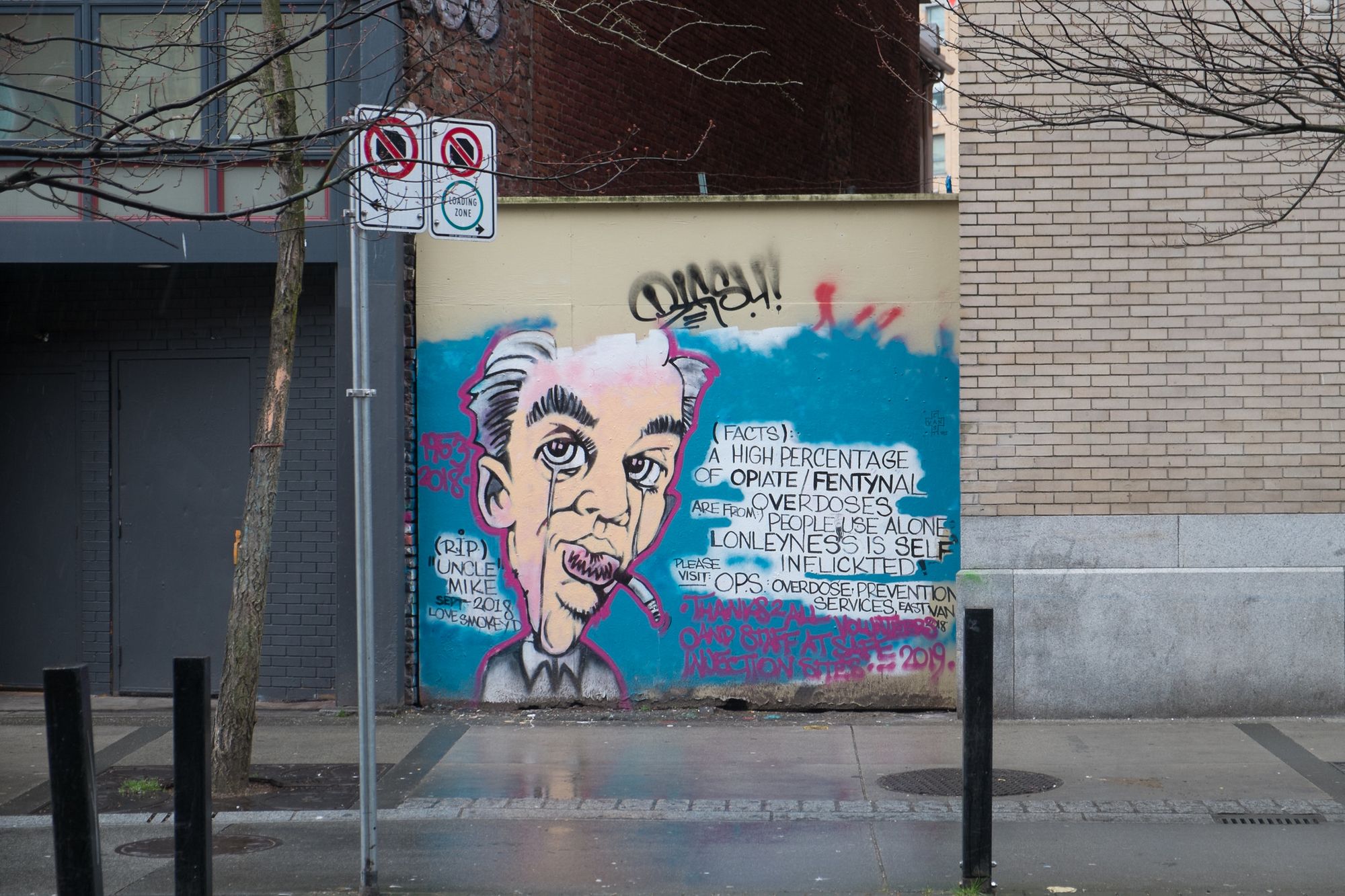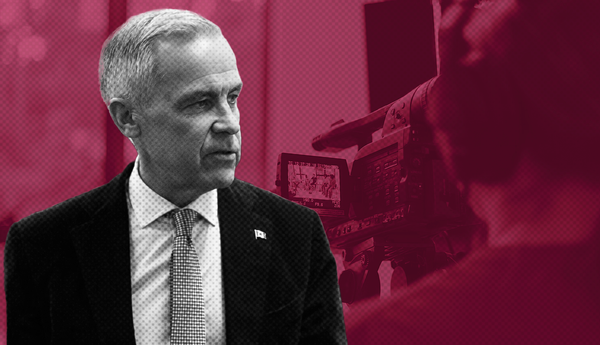In June, Canadian news outlets began to take notice of the record number of drug overdoses and fatalities during the COVID-19 pandemic throughout the country. In British Columbia alone, there were at least 401 overdose deaths between March and May, with 170 of those occurring in the latter month. Meanwhile, the province’s number of overdoses in April was 39 per cent greater than the same month a year prior.
On June 10, the CBC published an article by Catherine Cullen titled “[Canada Emergency Response Benefit] contributing to spike in overdoses, outreach workers warn.” The article contains interviews with outreach workers who partially attribute the increase in drug fatalities to the CERB, claiming it’s “putting too much temptation in the way of struggling users.”
This is just one of a series of similar articles that seem bent on portraying the CERB as the culprit, including at Global News, the Ottawa Citizen, the Recorder & Times and the Penticton Herald.
Addicts face a range of challenges every day, including scant access to treatment, stigmatization and an increasingly impure drug supply. These issues aren’t new, but the pandemic has made them worse than ever. Hospitals and treatment centres, for example, have had to halt services many addicts might have relied on, either because they were considered low-priority or the threat of transmission was too high. Some addicts might have lost their jobs, pushing them into greater insecurity.
Moreover, overdoses and opioid-related hospitalizations have been on a steady rise for years, even with stagnant wages — yes, even employed people buy opioids on the street — and unadjusted income assistance rates.
So, with this in mind, why is the CERB drawing so much negative attention? Why, if the CERB was only instated to alleviate the widespread insecurity caused by the pandemic, is it credited for doing so much harm?
Perhaps it’s because it’s easier for authority figures accountable to their constituents to blame the CERB than address and own up to the countless issues plaguing those on the margins of society. Or perhaps it’s because many tend to infantilize addicts and proclaim that they, like poor people, can’t be trusted with money. Never mind the fact that a significant number of opioid users, without a bank account or the gumption to fib, are unable to receive the benefit or fail to meet its eligibility criteria.
The misconceptions don’t end there. When the media reports on opioid-related harms and fatalities, they often refer to them as overdoses, which isn’t wholly accurate. To say one overdosed is to suggest they administered too much of their desired drug. In this climate, it paints the user as someone turned feral at the sight of $2,000, ferociously injecting a Herculean dose of heroin. This is often not the case.
As toxicology reports have revealed since fentanyl began making its way into drug supplies, many users have actually been under-dosing — that is, getting less of their desired drug, but more of whatever else might be used to dilute the drug. With no idea as to what is making its way into their system, users are often unwittingly partaking in a game of Russian Roulette, though with less favourable odds: In 2019 alone 77 per cent of the more than 3,800 opioid-related deaths nationally involved fentanyl or fentanyl analogs.
The U.S.-Canada border closure as a result of the pandemic has made the issue of tainted drug supplies even worse, despite some attempts to get safe drugs into people’s hands. Dealers, desperate to stretch their supply, have been adding “extreme” concentrations of fentanyl, as well as more benzodiazepines, into drugs, the latter of which doesn’t respond to naloxone.
This disruption in the drug supply chain, in concert with the range of other conditions I’ve mentioned, is to credit for the increase in hospitalizations and fatalities, which began well before anyone had received a single CERB payment. So long as drugs aren’t legal and safely distributed throughout communities with adequate support services, such problems will continue.
As drug users and many advocates alike have stated, the CERB isn’t responsible for the increase in overdoses. CERB is harm-reduction, pure and simple. Like other harm-reduction practices — such as handing out clean needles, passing out sterile water, resuscitating addicts and allowing safe injection — it grants people the dignity and power to move through life without the unrealistic expectations of sustained sobriety or abstinence.
Money doesn’t kill drug users any more than it creates them. Drug criminalization, poverty, alienation, sketchy drug supply, bad wares and ignoring the demands of harm reduction advocates kills people.






